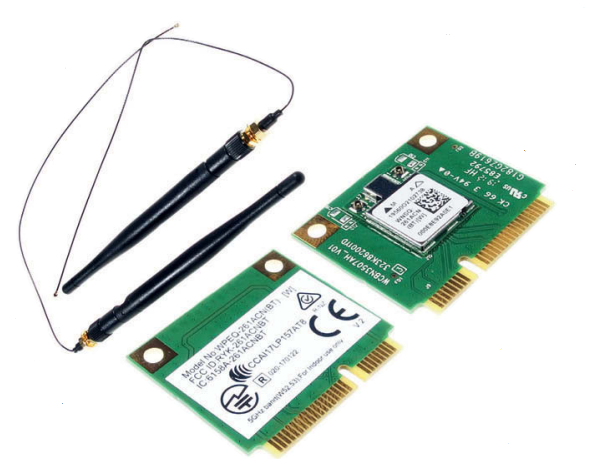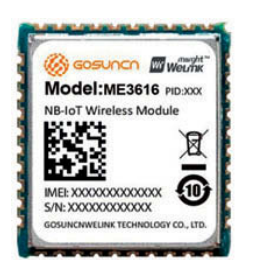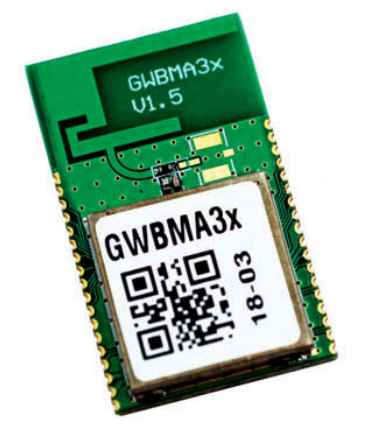Communication modules in the Internet Age Things


Communication modules in the Internet age Things Wireless communication by radio has become a kind of standard in almost all electronic products. Wireless communication by radio has become a kind of standard in almost all electronic products. It is no longer limited to portable consumer devices, as it is also implemented in stationary equipment, and even in industrial, medical or automotive applications. The challenges of implementing reliable radio transmission are so great that few people decide to design high frequency signal paths themselves. It is almost always much better to simply reach for the finished module. But how do you choose its producer?
The popularity of all kinds of radio modules has resulted in a lot of new manufacturers appearing on the market in recent years. Many of them are Far Eastern - most often Chinese - companies, which have taken advantage of the market opportunity and started to develop new solutions themselves. Most often, they are first placed on the local market, but over time there are also western distributors who sign contracts to sell components of these brands. And while the increase in competition is, as usual, beneficial to buyers, as it primarily drives down prices and technology development, it also makes decision-making more difficult. In such a situation, how to determine which of the modules with similar parameters will actually be recommendable? In our opinion, it is worth noting the experience of both the manufacturer and the distributor himself.

SparkLAN
Among the Far East companies, which can boast extensive experience in the design of communication modules, it is worth taking a closer look at SparkLAN. It was founded in Taiwan in 2002, many years before the vast majority of companies supplying products from mainland China. The beginning of this century was the years when network technology was only just beginning to become popular, so the founders of SparkLAN were basically visionaries who believed that the subject they were engaging in would be the subject of the future.
And they were right, making SparkLAN one of the leading providers of network solutions. It is an official partner of the largest radio system manufacturers: Qualcomma, Mediateka, Realteka and Broadcoma. Currently, SparkLAN produces various types of modules for embedded systems and typical network devices. These are very modern constructions, available in many varieties, i. e. e. g. in the form of PCI Express, M. 2 cards, connected via USB, soldered directly to PCB and others.
Wi-Fi Modules
The most famous SparkLAN products include WiFi modules, often also equipped with Bluetooth support. A good example is the WUBT-236ACNBT series. They are based on the Realtek RTL8822BU-CG chipset and can work in IEEE 802. 11ac/a/b/g/n standards and as Bluetooth transceivers from version 2. 1+EDR through 3. 0 and 4. 1 to 4. 2 Low Energy. They have a 4-pin or USB type A connector, so they are powered by 5 V.
Their operating temperature range is from -20 to +70°C. They draw 450 mA of current during transmission and 250 mA during reception. Depending on the variant, there are different types of built-in antennas and availability of connectors for connecting external antennas. It also offers an almost identical design in terms of supported standards, but equipped with Mini PCI Express interface. Due to the lower supply voltage, i. e. 3. 3 V, consume more current - 600 mA during transmission and 350 mA during data reception. For those who want to use the most modern protocols, the SparkLAN WPEQ- 261ACN(BT) module, which is based on Qualcomm Atheros QCA6174A-5 chip, may be interesting.
It also supports the Bluetooth 5. 0 standard. It connects via the Mini PCI Express interface, so it is powered by 3. 3 V. It consumes 610 mA during transmission and 285 mA during data reception. It allows to connect two external antennas. It is also characterized by greater resistance to extreme temperatures. It can operate in the range from -40 to +70°C.
In such situations it is worthwhile to use modern LTE or NB-IoT modules, depending on the expected throughput. Sometimes the GSM standard with GPRS extension is a good choice. It can be operated even by the cheapest systems, which can be successfully used for many years to come. It should be noted that no 3G standard is mentioned in the list of mobile technologies. This is because the prevalence of LTE, which is in all respects better than 3G technologies, has resulted in the rapid shutdown of third generation infrastructure by operators. Second generation standards are still maintained, both because they are cheap to use and to provide even basic connectivity for customers who still have 3G modules or reach for inexpensive 2G modules.

Moduły GSM, GPRS, LTE, NB-IoT
Wi-Fi and Bluetooth do not always meet the requirements of the environment in which the designed device will work. It is often necessary to use the existing infrastructure of a mobile operator to ensure that data can be transmitted to the cloud from there, over long distances, in places where Wi-Fi is not available.
In such situations it is worthwhile to use modern LTE or NB-IoT modules, depending on the expected throughput. Sometimes the GSM standard with GPRS extension is a good choice. It can be operated even by the cheapest systems, which can be successfully used for many years to come. It should be noted that no 3G standard is mentioned in the list of mobile technologies. This is because the prevalence of LTE, which is in all respects better than 3G technologies, has resulted in the rapid shutdown of third generation infrastructure by operators. Second generation standards are still maintained, both because they are cheap to use and to provide even basic connectivity for customers who still have 3G modules or reach for inexpensive 2G modules.
A good example of such components are the modules of Gosuncn Technology Group, which is part of the large Chinese concern ZTE. The simplest model is the four-band MG2608 module, supporting data transmission via GSM/GPRS. The slightly more advanced MG2608-G is additionally equipped with audio, SPI and I2 C interfaces. Often, the mobile network modules integrate receivers of satellite positioning systems - and this is what MG2609 is like, working with GPS, Beidou, Glonass, Galileo, QZSS and supporting SBAS.
For the most modern constructions we can recommend ME3616- E1A module, which operates in the fourth generation NB-IoT standard, in bands B1, B3, B5, B8, B20 and B28. If fast data transmission is required, the ME3630-E1C module, which operates according to the LTE FDD category 4, will help, and also supports WCDMA (one of the 3G standards) and classic GSM. All discussed modules of Gosuncn Technology Group are available as SMD components. Their range of supply voltages and operating temperatures depend on the specific product, with the most temperature-resistant MG2609 being able to operate in the range from -40 to +85°C.
Bluetooth and BT-Audio modules
Bluetooth and BT-Audio modules Not every device has to communicate directly with the Internet - even if IoT systems are involved. The possibility of collecting data via Bluetooth is also attractive, especially when talking about personal devices. In the early years of its existence, Bluetooth was used mainly for sound transmission, and nowadays it is popular in all kinds of fitness devices and some household appliances. To implement Bluetooth support, simply use a simpler module - not necessarily supporting Wi-Fi.
Gigawit components such as the GWBMA30, GBMD00 and GWBMD01 are a good example. The first one is used to transmit audio signals. The other two are based on the nRF51822 from Nordic Semiconductor, known for its very low power consumption components, and work according to the Bluetooth 4. 0 Low Energy standard. The latter two require a supply voltage from 1. 8 to 3. 6 V and can operate at temperatures from -10 to +60°C. They differ in the amount of built-in Flash memory: 256 kB or 128 kB.
Which module to choose?
The large selection of modules and the long list of manufacturers make the constructors often face difficult decisions, and with the time constraints they face, they sometimes make quite random decisions. That is why it is worth to reach for help of companies that are well versed in this subject and among a great number of producers search for the best ones, verify their capabilities, opinions and with their own good name confirm the quality of recommended components. One such company is Micros from Cracow, which has been supplying components to Polish electronics engineers for 31 years.
Radio systems are one of their specialties. In the age of the Internet, Micros is intensively looking for new, interesting manufacturers to be able to offer its customers products with the best value for money, both from popular brands as well as companies not yet known in our country, only entering the local market. The modules described in this article are just examples of such components, on which specialists from Mics decided to bring. All the products listed are available in our country, and more will be available soon. That's why it pays off to seek the help of Microsa representatives who will share their knowledge and advise on the most suitable component for the solution being developed.
Source: Elektronik 2019, Issue 11, pp. 50-51.
